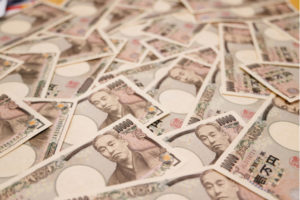
In the Financial Times, Zach Pandl examines recent yen depreciation, writing:
The yen has been the worst performing major currency this year, sliding around 12 per cent against the dollar and underperforming even the Turkish lira and Argentine peso.
Relative to a basket of trading partner currencies and adjusted for inflation, the yen has fallen to levels last seen in the early years of the Reagan administration, before the 1985 Plaza Accord.
But this state of enyasu (weak yen) will probably be shortlived. The yen is an undervalued haven asset at a time of rising recession risks around the world and structural threats to the dollar. It will find support from long-horizon investors looking to protect their capital. If global inflation pressures remain high, the Bank of Japan will eventually allow bond yields to rise, rather than let the currency spiral downward.
Recent yen depreciation reflects shorter-term, cyclical factors: sharply rising bond yields in the US and Europe, higher commodity prices that lead to a larger import bill for Japan and the Omicron Covid wave, which has held back the economic reopening process throughout Asia.
The BoJ was right to say last week that Japan’s cyclical position — low core inflation and a more limited rebound in economic output — warrants an easier monetary policy stance compared with its G10 peers.
But structurally the Japanese economy is not that different from other developed markets. It had an earlier and larger real estate bubble and bust, but the pattern was largely the same as played out in western economies over the past decade.
Read more here.



